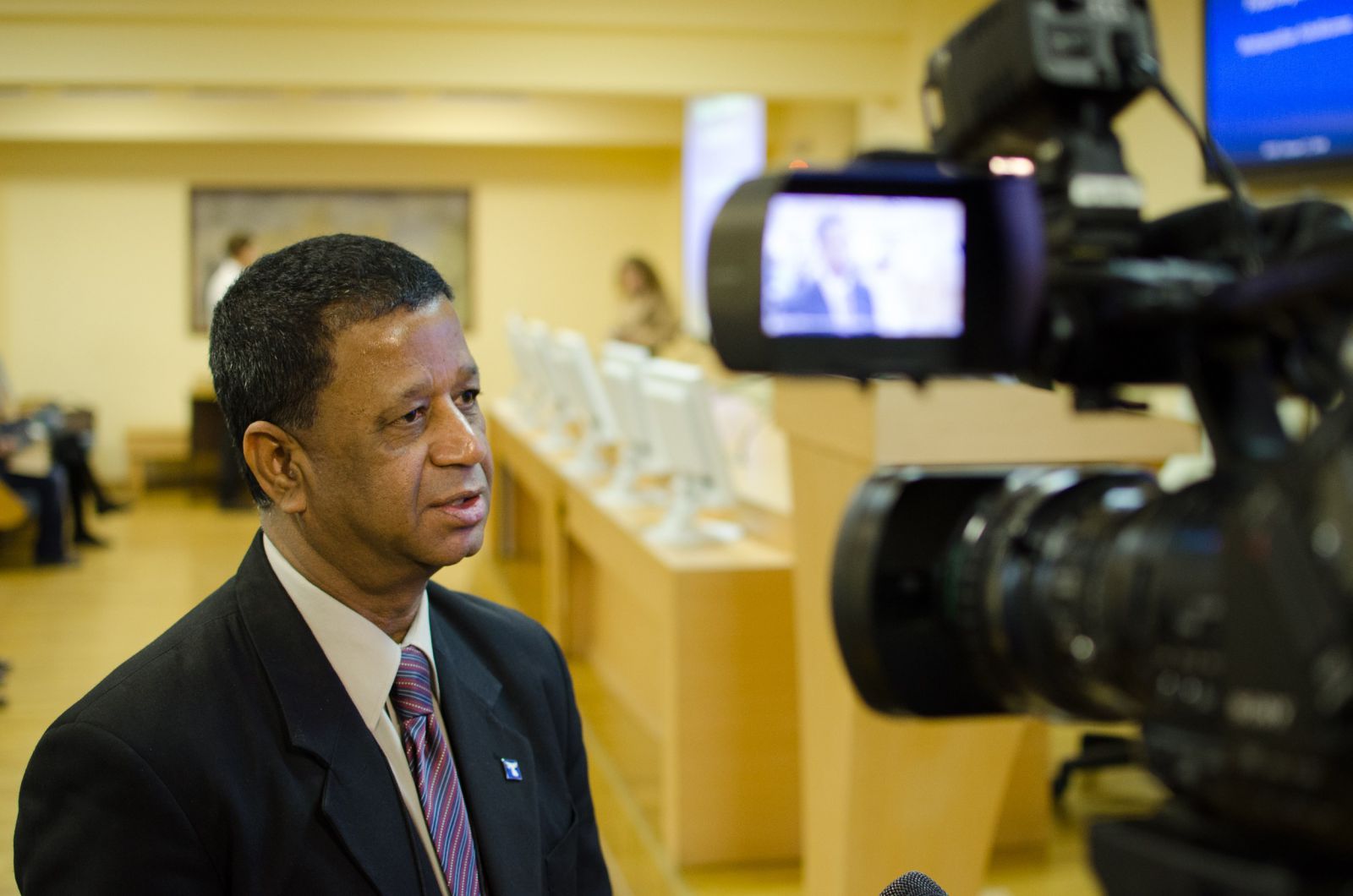On the last day of the SUSU International Science Council’s program, the representative of the farthest continent – Australia – gave a lecture. Doctor Muthupandian Ashokkumar from the University of Melbourne is a physical chemist specializing in sonochemistry. He has greatly contributed to the production and materials for the food and dairy industries.
His lecture, Sonochemistry and Food Technologies, was of great interest to our university’s audience. This is due to the fact that the university has been studying food technologies for quite some time and with good success. Doctor Ashokkumar noted that he is conducting joint research with SUSU professor, doctor of technical sciences, Irina Potoroko.
The Australian professor’s lecture was dedicated to the use of ultrasound in food technology to improve product quality and to make it healthier for people.
“First of all, I want to explain sonochemistry to you. Sonochemistry has two roots – sono and chemia. Sono is sound, or sound waves, which we use to generate chemical reactions,” explains the professor.
.jpg)
In the beginning of his lecture, the speaker stressed that ultrasonic exposure is not only used in food technologies. His university is currently conducting research in such areas as energy, environmental protection, and medicine. For example, using ultrasound, we can clean water contaminated by organic matter.
The professor explained how sonochemistry can be used in practice. For example, you can create so-called “emulsified” products such as cheese, milk, or ice cream that are healthier for human health. At the root of this method is the generation of bubbles in the liquid using ultrasound. The idea is that creating these small bubbles, which are the base of the substance, you can add to them more healthy substances. The product continues to appear how we are used to seeing it traditionally. Using the above method, sciences can inject ‘bubbles’ of water into the fat. In this way, the fat content of cheese is reduced a whole 30%, which is undoubtedly better for human health. The properties of the product, external appearance and texture, remain the same.
The professor recommends using roughly this same procedure for the preparation of chocolate. Ashokkumar noted that his research group is already working with the Cadbury company.
“Chocolate has a high percentage of fat. Around 70% of its content is cacao butter. Swallowing this amount of fat at one time is unhealthy for humans. So we suggest replacing this butter, for example, with milk or with a healthier fat and a less fatty product. In this way, chocolate will be better for health,” explains doctor Ashokkumar.

At the same time, the amount of time needed to receive the necessary emulsion is reduced several times over. where, earlier, the process took 10-12 minutes, now it will take 5-15 seconds. This time savings is of significant benefit to manufacturers.
Beyond this, scientists recommend using this method to inject additives such as menthol or fruits and berries. In such a way the tastes open up over time, and this will likely be interesting for consumers.
The scientist gave his lecture materials and presentation to the SUSU Higher School of Medicine.




